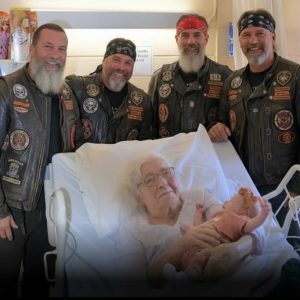The shape of a woman’s legs has long fascinated people, seen as a reflection of personality and relationships. Across cultures, the body is not just beauty but a mirror of inner nature. Today, these archetypes still capture attention, often describing psychological patterns—confidence, empathy, independence, or playfulness—in how people move and relate.
“Type A” legs, slightly apart at the thighs and meeting at knees and ankles, suggest warmth and sensitivity. Compassionate and intuitive, these women nurture others, sometimes at their own expense. “Type B,” legs that meet at the thighs but separate at knees, symbolizes independence and confidence. They radiate composure and value honesty, expecting partners who respect their autonomy.
“Type C,” thighs touching only at the top, with knees apart, signals spontaneity and playfulness. Free-spirited and lively, they crave adventure and excitement, thriving on passion but resisting confinement. “Type D,” legs that touch from thighs to ankles, reflect grounded, dependable nature. These women value commitment and security, often putting others first.
Body shapes aren’t literal predictors—they are metaphors for archetypes we recognize: the nurturer, the independent, the free spirit, the grounded caretaker. Posture and movement often mirror inner states: a firm stance suggests steadiness; a flowing gait, adaptability.
Historically, Greeks and Chinese alike believed the body mirrored the spirit. Today, these archetypes help explain relationship dynamics—who we attract, how we give and receive love.
Leg shapes reveal energy, not destiny. They invite self-awareness: Are we using our strength to connect, our care to sustain ourselves, our freedom responsibly? The beauty isn’t in appearance but in the resilience and life lived through every step.





